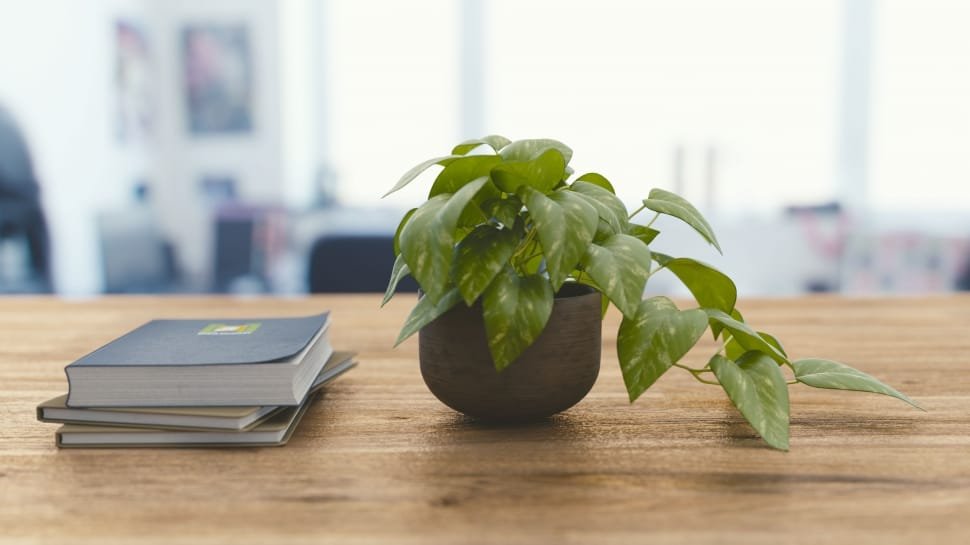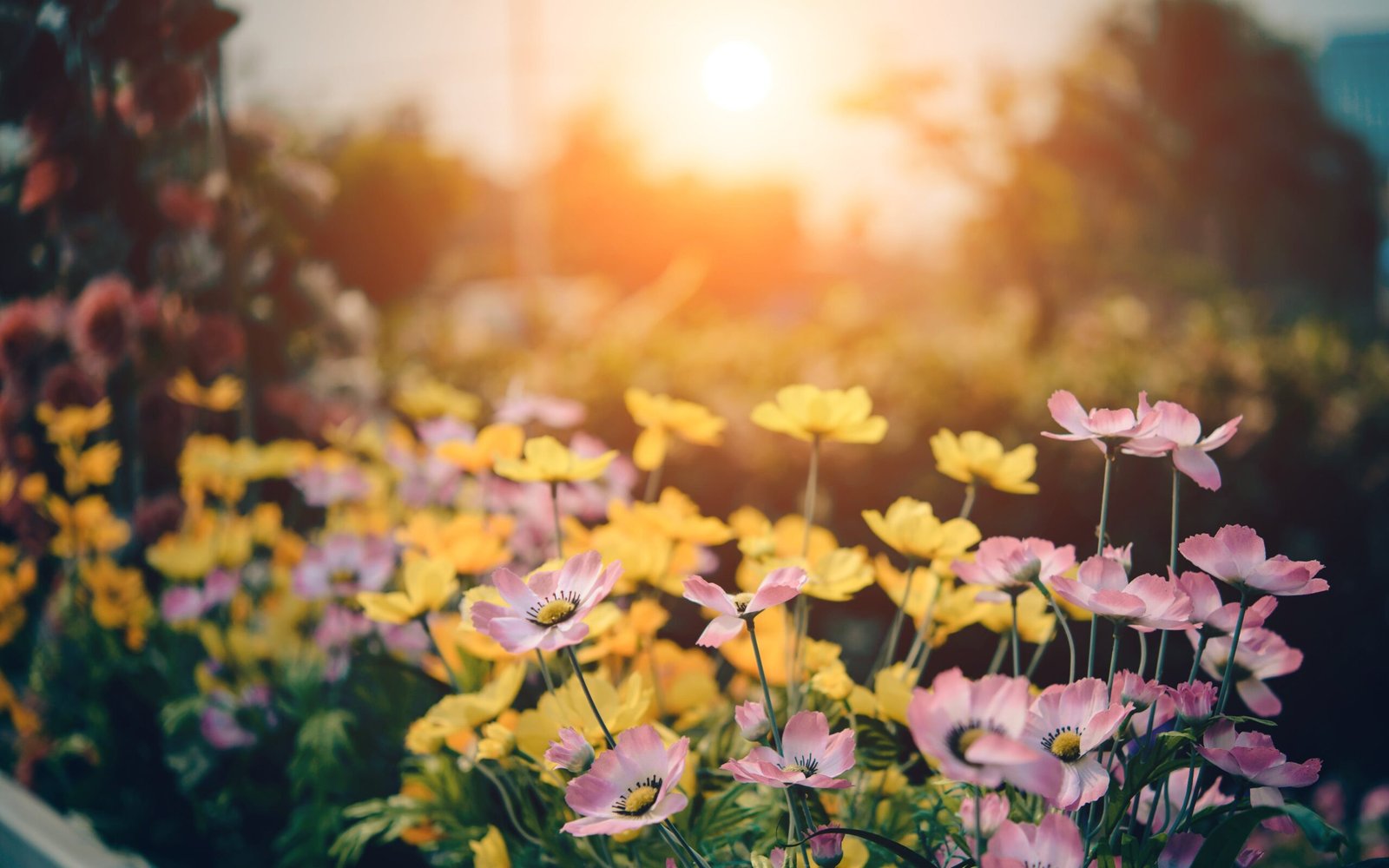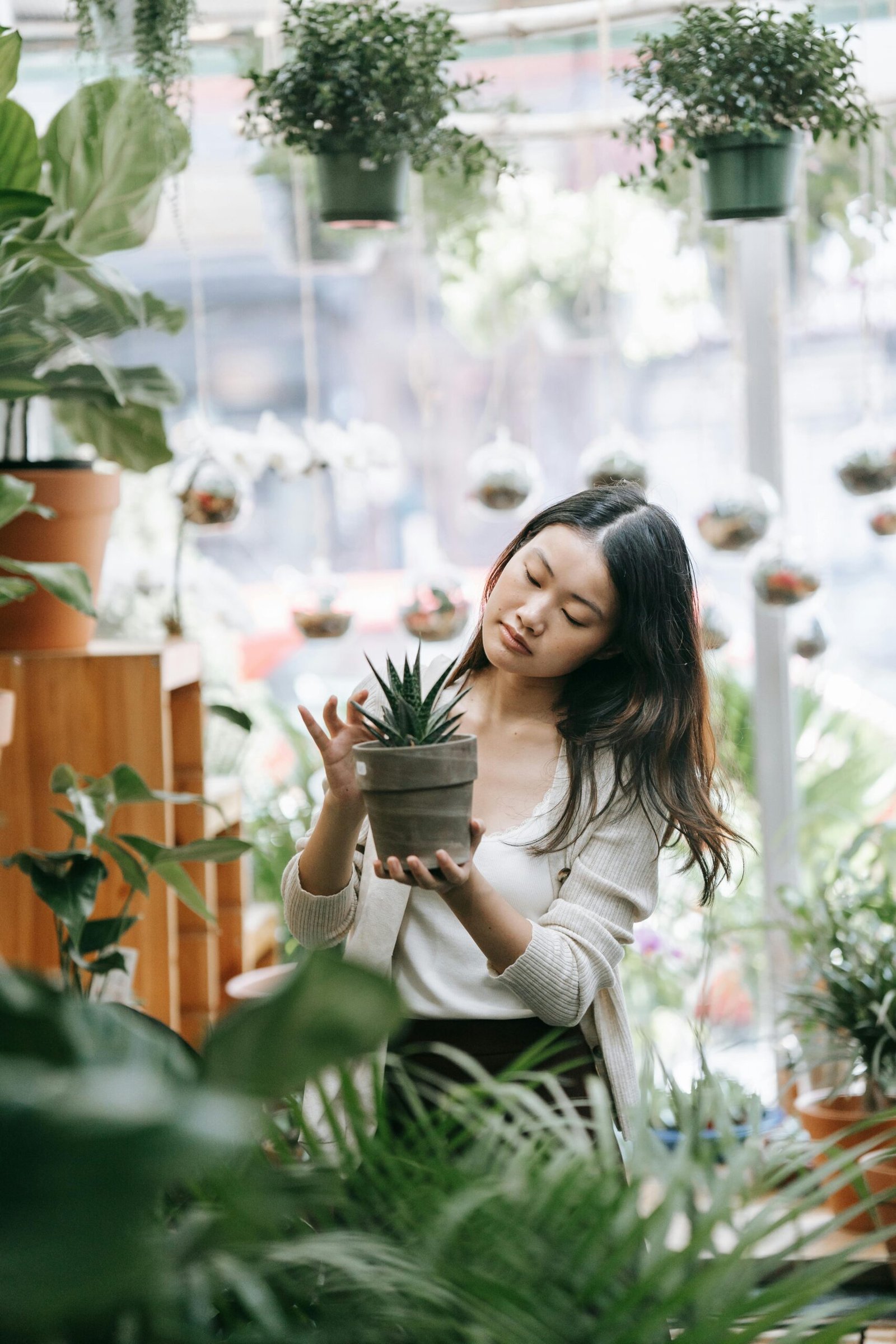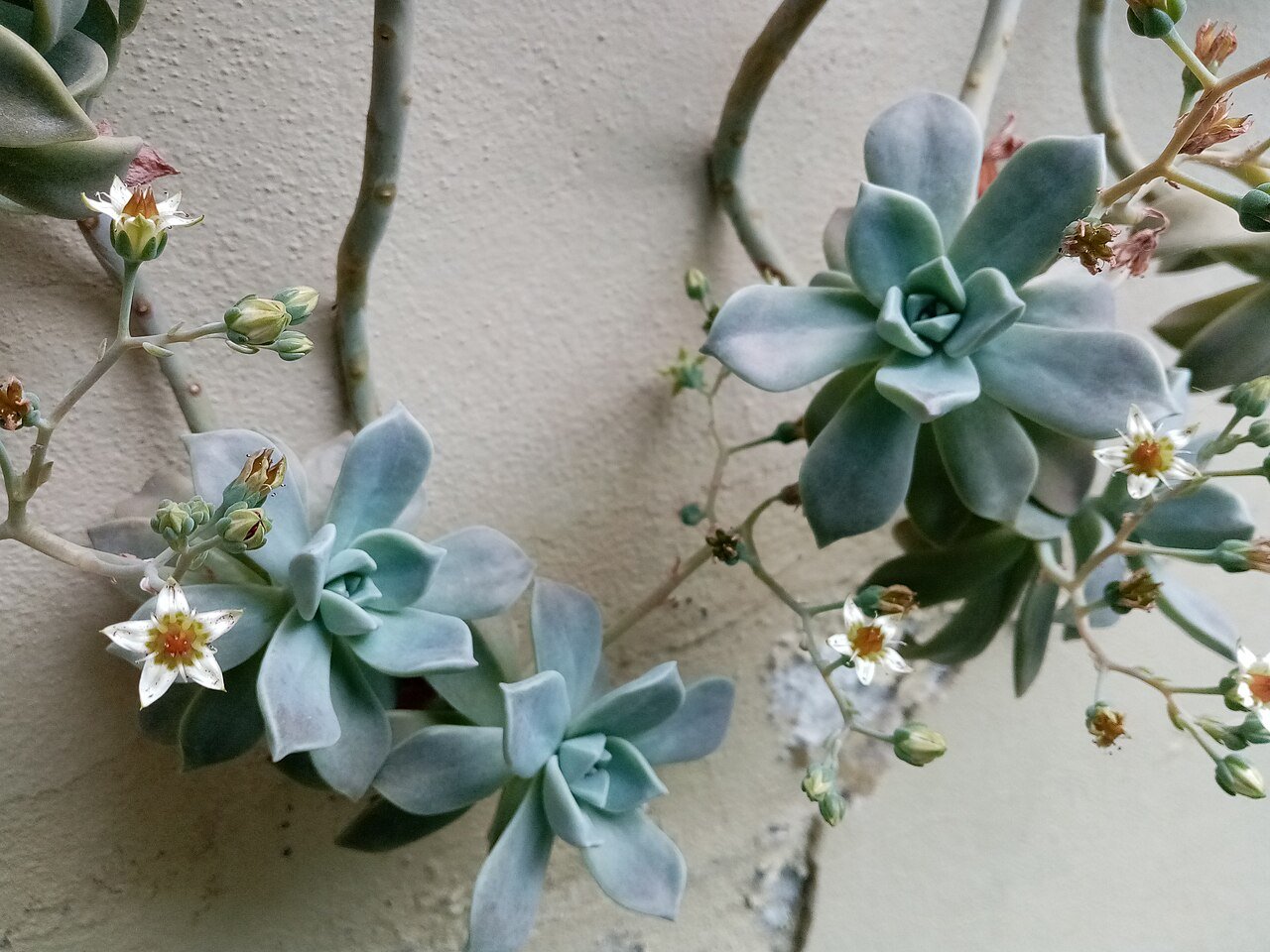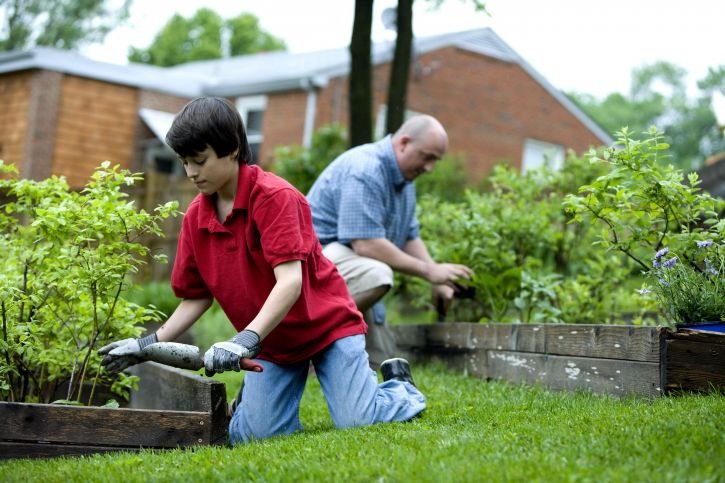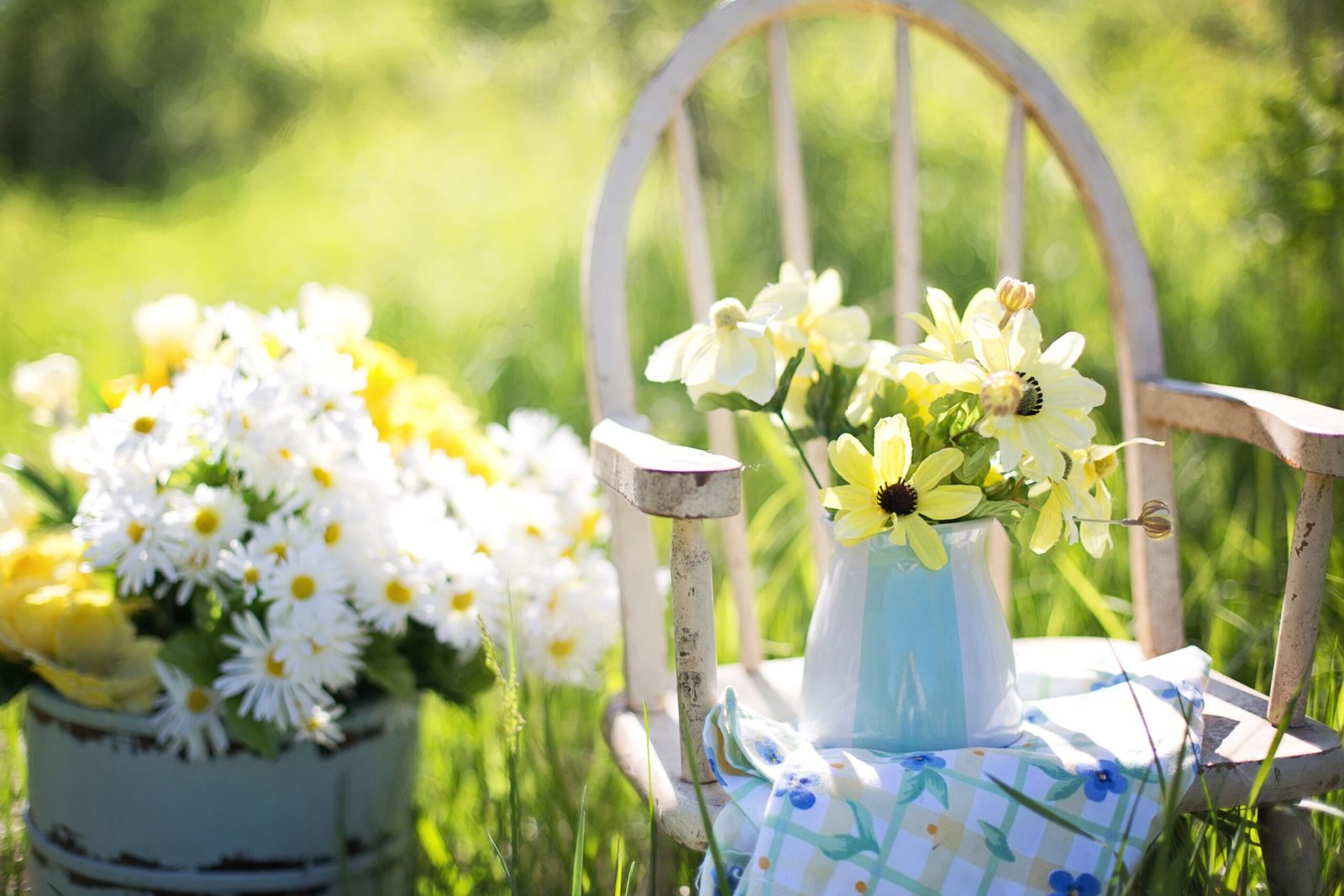Cultivating your vegetable garden is a gratifying endeavor, laden with the promise of fresh, homegrown produce and the joy of nurturing life from the earth. Whether you’re a seasoned green thumb or stepping into the world of gardening for the first time, mastering the art of tending to a vegetable garden in your home garden can be fulfilling and nourishing. To ensure that your gardening experience is both rewarding and successful, a handful of essential gardening tips can pave the way for a flourishing vegetable garden right at your doorstep.
In modern living, where convenience often overshadows the raw satisfaction of growing one’s food, cultivating a vegetable garden has emerged to reconnect with nature and embrace a more sustainable lifestyle. The allure of nurturing tiny seeds into robust plants, yielding a bounty of nutritious vegetables, is a compelling endeavor that resonates with many. This introduction delves into valuable insights and gardening wisdom, encompassing topics ranging from optimal plant selection and soil preparation to watering techniques and garden maintenance. As the popularity of home gardening surges, these gardening tips hold the key to unlocking the potential of your vegetable garden, turning your outdoor space into a haven of fresh flavors and vibrant colors.
Table of Contents
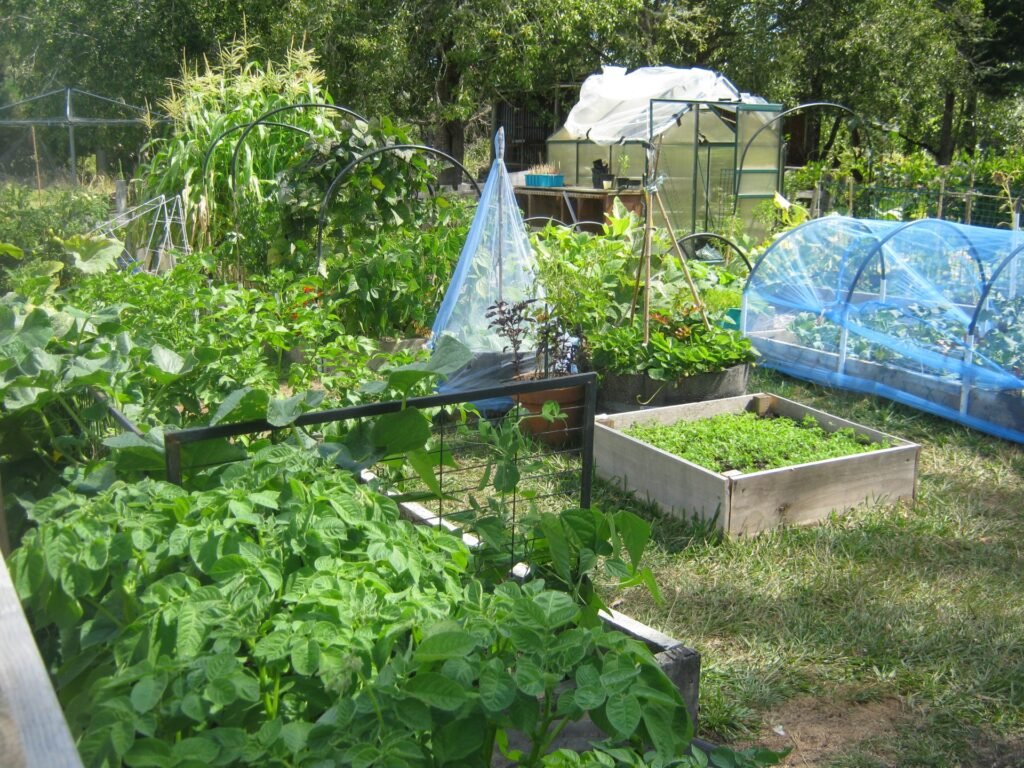
What is a home vegetable garden?
A home vegetable garden is where you can grow your own delicious and healthy vegetables right in your yard. It’s like having a little farm at home. Imagine juicy tomatoes, colorful peppers, and crunchy carrots all grown by you! But it’s not just about the yummy food. A home vegetable garden lets you connect with nature and enjoy the taste of fresh veggies. Whether you’re a gardening pro or just starting out, it’s a fun and rewarding activity. Our easy guide will show you how to make your garden thrive, from planting tiny seeds to enjoying the tasty results. To help you get started on the right foot for your vegetable garden, here are six secrets to consider
6 tips to start your vegetable garden the right way
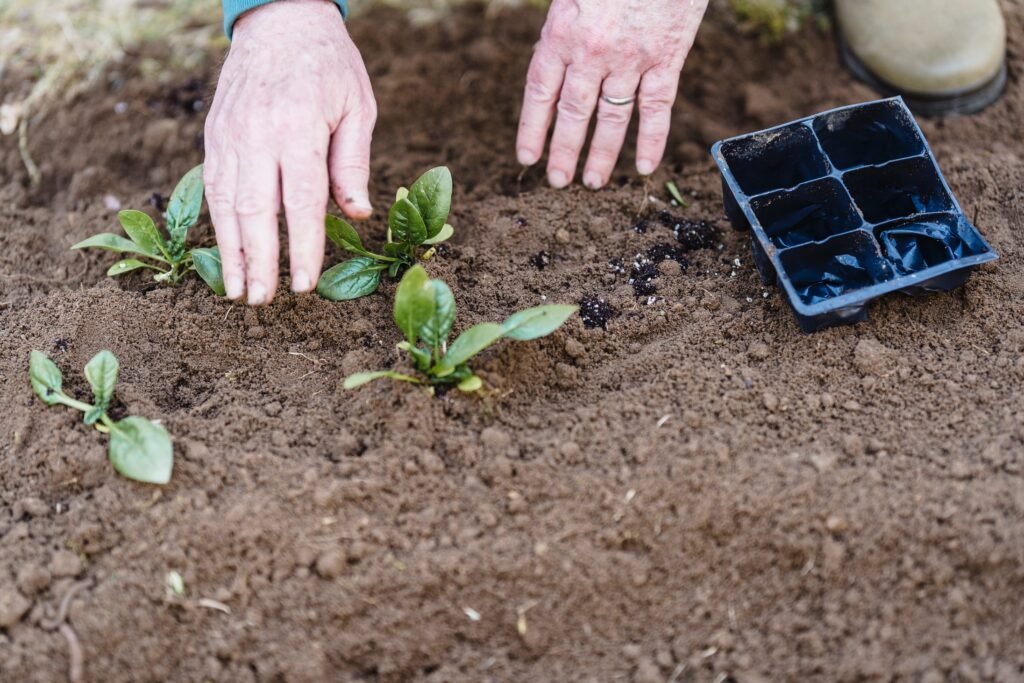
Choose the Right Location
When establishing your vegetable garden, selecting an appropriate location is paramount. Opt for a spot within your yard that basks in the sun’s nourishing rays for at least 6 to 8 hours daily. This sunlit exposure is a fundamental requirement as it fosters the robust growth and development of vegetables. Adequate sunlight enables the process of photosynthesis, ensuring the synthesis of essential nutrients crucial for the health and vitality of your plants.
Moreover, in this quest for an ideal gardening spot, it’s imperative to consider the drainage element. To avert the detrimental effects of waterlogging, ensure that the chosen location exhibits good drainage characteristics. Poor drainage can lead to root rot, stunted growth, and other issues that hamper the overall success of your vegetable garden.
The dual considerations of optimal sunlight and proper drainage form the cornerstone of a thriving vegetable garden. By meticulously selecting a sun-soaked plot with efficient drainage, you’re embarking on a journey toward a flourishing garden teeming with robust, sun-kissed vegetables.
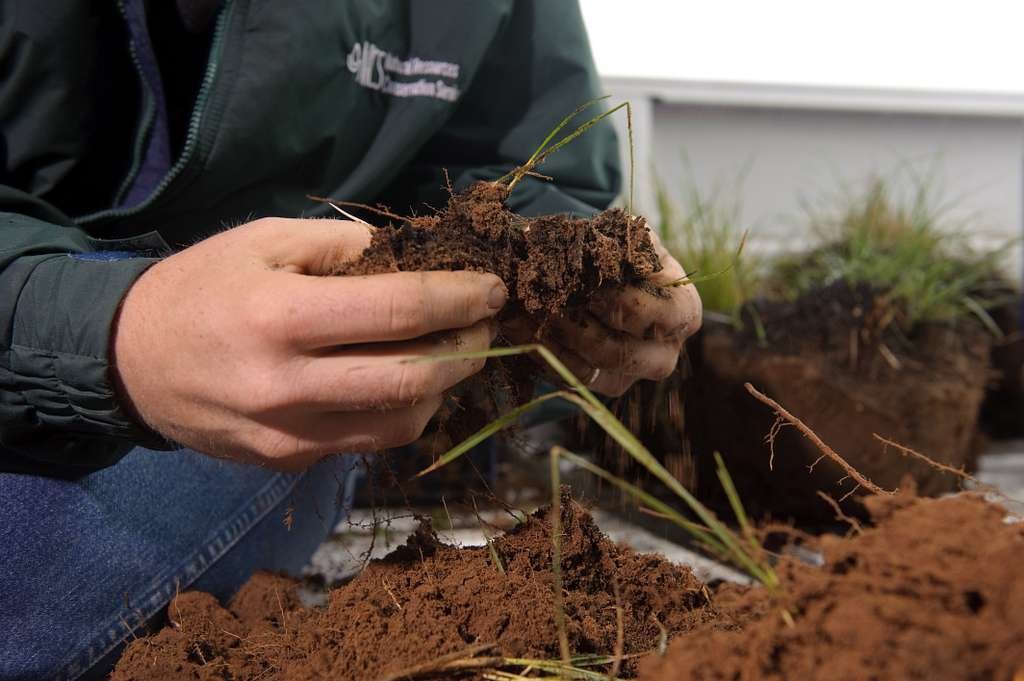
Prepare the Soil
In gardening, cultivating a thriving and bountiful garden begins with the soil beneath our feet. Healthy soil is the cornerstone of a successful gardening venture, providing a solid foundation for vibrant plant growth and optimal yields. A crucial step in ensuring your garden’s success is to assess your soil’s pH and nutrient composition through testing. This analysis empowers you to make informed decisions regarding the type and quantity of nutrients your plants require.
To bolster the fertility and structure of your soil, consider incorporating compost and organic matter. These additions enhance the soil’s texture, drainage capabilities, and nutrient-holding capacity. As organic matter breaks down over time, it releases vital nutrients into the soil, creating an environment where plants can flourish.
Investing time and effort into proper soil preparation offers a myriad of benefits. It fosters an environment conducive to robust plant growth and minimizes the need for excessive fertilizers and pesticides, contributing to an eco-friendly and sustainable gardening approach. By nurturing your garden’s soil, you pave the way for a thriving and vibrant vegetable garden that reaps the rewards of your attentive care.
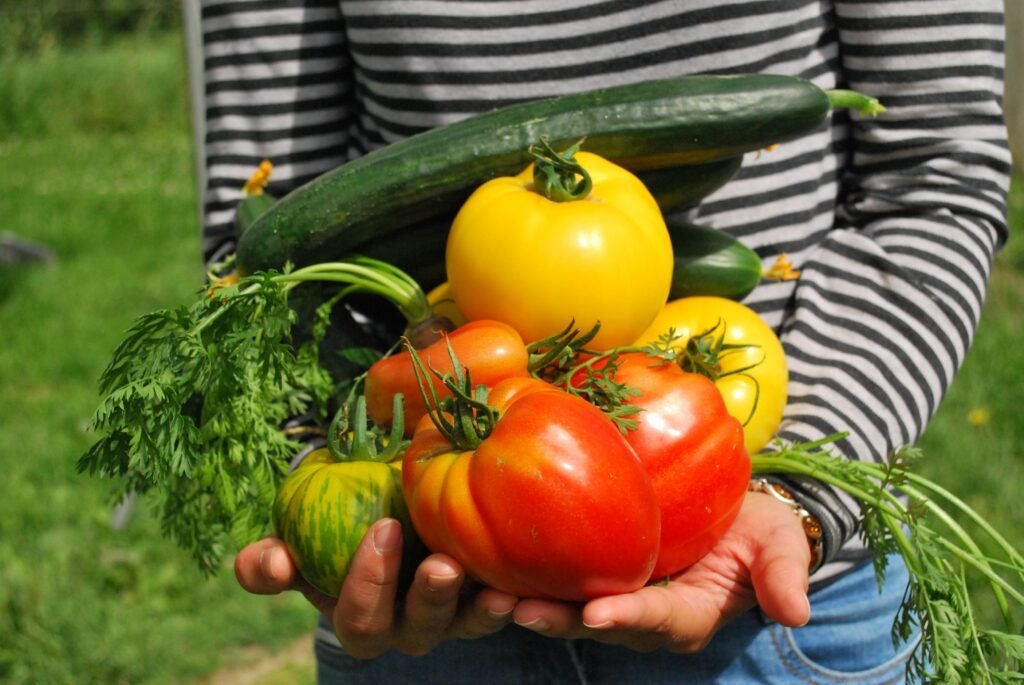
Start with the Right Plants
For novice gardeners, commencing with easily manageable vegetables proves to be a wise approach. Top choices include tomatoes, zucchini, lettuce, radishes, and aromatic herbs such as basil. These user-friendly options present minimal challenges, making them ideal for cultivating confidence in budding horticulturists. When initiating your garden, two pathways exist: planting from seeds or acquiring young seedlings at a nearby nursery. Both methods have their merits, with seedlings offering a head start in growth and seeds providing a rewarding experience of nurturing from the beginning. By selecting these beginner-friendly vegetables and embracing either the seed or seedling route, you’re poised to embark on your gardening journey with a solid foundation of success.
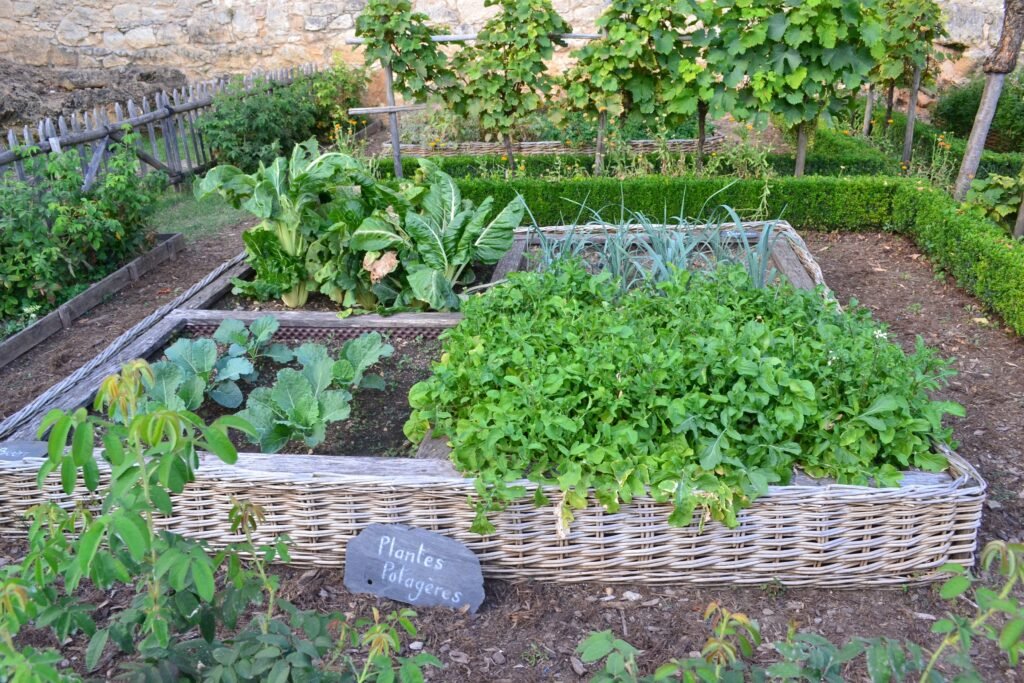
Spacing and Layout
Maintaining appropriate spacing between your plants is a fundamental aspect of successful gardening, as it plays a pivotal role in averting the pitfalls of overcrowding. When plants are crammed too closely, the airflow becomes restricted, creating an environment conducive to the proliferation of diseases. To ensure optimal growth and safeguard the health of your vegetable garden, it’s imperative to adhere to planting guidelines stipulated on seed packets or provided on plant tags.
A strategic approach to mitigating overcrowding involves the thoughtful organization of your plants. Consider the advantages of arranging crops in orderly rows or within raised beds. This arrangement not only optimizes space but also streamlines the tasks of maintenance and harvesting. Rows provide a structured layout, facilitating easier access for routine care, while raised beds offer enhanced drainage and soil aeration. By embracing these spacing strategies, you foster an environment where each plant thrives without infringing upon its neighbors, ultimately reaping a bountiful and disease-resistant harvest.
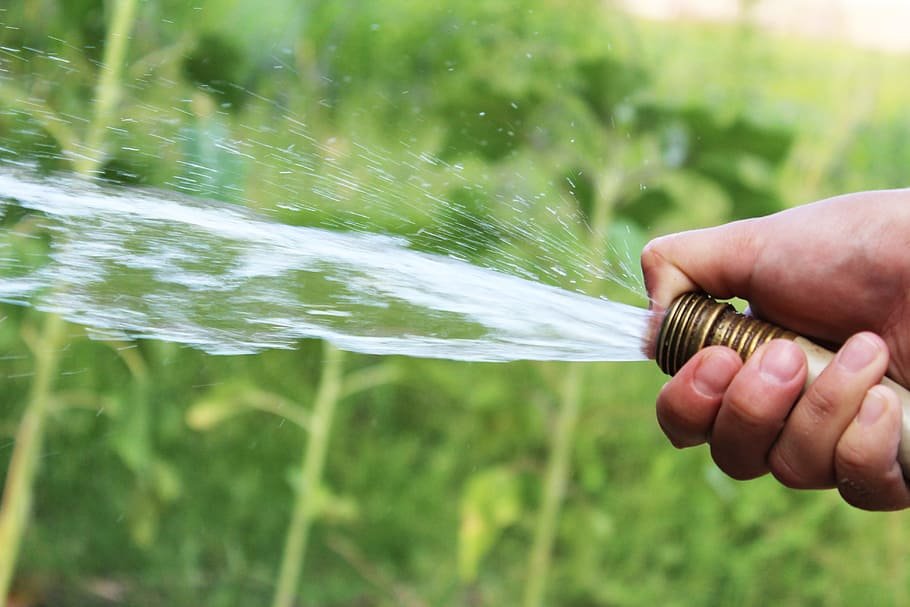
Watering and Mulching
Maintaining a consistent and appropriate watering routine is a pivotal factor in ensuring the robust health of your cherished vegetable garden. The intricate balance lies in watering deeply, yet infrequently, fostering an environment that prompts your plants to develop deep-root systems, enhancing their resilience and ability to tap into essential nutrients. This practice not only bolsters the overall vitality of your garden but also contributes to water conservation.
To further fortify your gardening endeavors, consider embracing the technique of mulching. By gently encircling your plants with a protective layer of mulch, you create a natural shield against moisture evaporation, allowing the soil to retain its crucial moisture content. Additionally, this method is a formidable opponent to intrusive weeds, effectively stifling their growth and preserving the precious resources your plants require. Moreover, the mulch blanket serves as a temperature regulator for the soil, shielding it from drastic fluctuations and fostering an optimal environment for healthy root development.
Incorporating these practices into your gardening routine nurtures the flourishing vitality of your vegetable home garden and encapsulates sustainable and efficient approaches for conscientious cultivation.
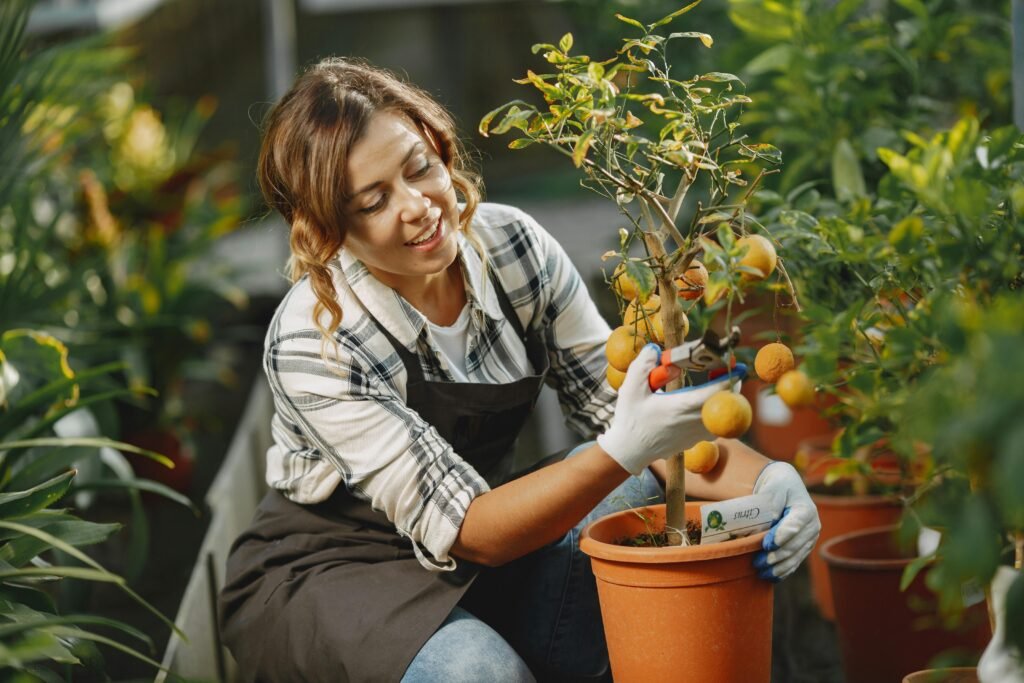
Regular Maintenance
Maintaining a successful garden extends beyond the initial planting phase. The key lies in consistent and attentive care. Regular vigilance is essential – take the time to thoroughly inspect your plants, as this practice can unveil early signs of potential issues such as pest infestations, diseases, or nutrient imbalances. Addressing these concerns promptly can save your garden from irreparable damage.
Early detection is your most potent weapon in the battle against unwanted intruders, like pests and diseases. Timely intervention can halt the spread through natural remedies or appropriate treatments and ensure your plants remain healthy. Moreover, the threat of weeds should always be considered. These resilient interlopers compete with your plants for valuable resources. Swift and regular weeding can prevent them from gaining a foothold.
Keep pruning or staking your plants for optimal growth when necessary. Pruning encourages stronger, focused development by removing dead or unnecessary foliage, while staking provides vital support for plants that might otherwise bend under the weight of their bounty. Embrace these ongoing tasks to cultivate a thriving garden with vitality and yield.
In conclusion, these essential gardening tips are your compass to embark on a successful journey with your vegetable garden. The magic of a thriving home garden lies in selecting the right location, nurturing your soil, and wisely choosing the vegetables to plant. These foundational steps, proper spacing, watering, and ongoing maintenance create a holistic approach that ensures your vegetable garden flourishes.
The hallmark of a well-tended garden is the gratification of witnessing your efforts manifest into vibrant, healthy plants and a bountiful harvest. This guide demystifies the process, providing a roadmap for even the most novice gardeners to cultivate their paradise. Whether growing a verdant oasis in your backyard or venturing into gardening for the first time, these insights remain applicable, bolstering your journey with tried-and-true techniques.
In gardening, each season offers lessons and opportunities to refine your skills. Embracing the art of gardening nurtures your plants and cultivates patience, perseverance, and a deeper connection with nature. So, armed with these gardening tips, let your vegetable garden become a canvas for your aspirations, a sanctuary of growth, and a source of pride. May your home garden be a testament to the wonders achieved through dedication, care, and a genuine passion for gardening.


